
BLADE-ON-PETIOLE proteins act in an E3 ubiquitin ligase complex to regulate PHYTOCHROME INTERACTING FACTOR 4 abundance
Blog, Plant Science Research Weekly, Research, Research BlogPlants need light not only for photosynthesis but also for light dependent development (called photomorphogensis). PHYTOCHROME INTERACTING FACTOR (PIF) proteins accumulate in dark to negatively regulate photomorphogensis. PIFs get degraded via 26S proteasome pathway in response to light e.g., PIF4 is…
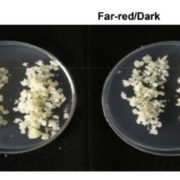
Functional identification of MdPIF1 as a Phytochrome Interacting Factor in apple ($)
Blog, Plant Science Research Weekly, Research, Research BlogPIF1 is a well-studied negative regulator of phytochrome-mediated photomorphogenesis in Arabidopsis. Zhou et al. cloned the PIF1 cDNA from apple (Malus domestica) and characterized the gene itself. Interestingly, the bHLH and active Phytochrome B binding (APB) motif is conserved in MdPIF1 and a complementation…
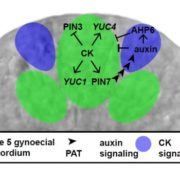
What We're Reading this week: September 29th
Blog, Research, Research BlogThis week’s edition of What We’re Reading is guest edited by Nidhi Sharma. Nidhi is a researcher in Dominique Bergmann's lab at Stanford University. She graduated from The University of Texas at Austin and did post-doctoral work with Dr. Kathy Barton at Carnegie Institution of Science. Other than…

Review: Roles for IBA-derived auxin in plant development ($)
Blog, Plant Science Research Weekly, Research, Research BlogAuxin biosynthesis is a two-step process: First, tryptophan is converted to indole-3-pyruvic acid (IPyA) through the activity of the TAA1 (TRYPTOPHAN AMINOTRANSFERASE OF ARABIDOPSIS1) family of aminotransferase enzymes. IPyA is finally converted to IAA (Indole Acetic Acid) by YUCCA family of flavin…
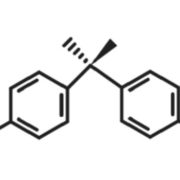
The effect of bisphenol A on growth, pigment composition and photosystem II activity of Arabidopsis thaliana
Blog, Plant Science Research Weekly, Research, Research BlogMany of the plastic consumables we have at home contain synthetic chemical BPA (Bisphenol A). In 1930, a UK scientist discovered that BPA weakly mimics the human hormone estrogen. It has also been found that tiny amount of BPA can leach out of plastic (Stanford University). Thus, there has been a heightened…
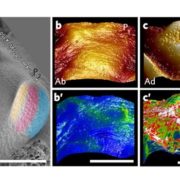
Mechanical regulation of organ asymmetry in leaves
Blog, Plant Science Research Weekly, Research, Research BlogThe mystery of asymmetry is a fundamental question in biology. Plants produce asymmetric shapes in many organs e.g., primordial cells on the leaf epidermis which undergo asymmetric divisions to define stomatal stem cells that ultimately form mature stomata. This asymmetric polarity of cells is governed…

Cytokinin-auxin crosstalk in the gynoecial primordium ensures correct domain patterning
Blog, Plant Science Research Weekly, Research, Research BlogThe phytohormones auxin and cytokinin (CK) work either antagonistically or synergistically to regulate several critical development pathways such as meristem formation and maintenance. Müller et al. show similar crosstalk between auxin and CK in controlling early gynoecium patterning. Using TCSn::GFP…
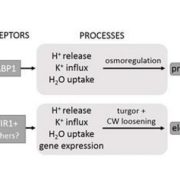
Protoplast swelling and hypocotyl growth depend on different auxin signaling pathways ($)
Blog, Plant Science Research Weekly, Research, Research BlogAuxin was the first phytohormone to be discovered and it has been found to have a role in nearly every aspect of plant growth and development. Auxin biology is multi-layered, as you will see in the following summaries. Auxin is regulated at the level of biosynthesis, different receptors, and domain segregation.…

Recognizing Plant Cell first authors: Jamie Waese
Blog, Research, Research Blog, The Plant Cell, The Plant Cell: Author ProfilesJamie Waese, featured first author of ePlant: Visualizing and Exploring Multiple Levels of Data for Hypothesis Generation in Plant Biology
Current Position: Senior Manager, Data Visualization Lab, Department of Enterprise Advanced Analytics, TD Bank, Toronto, Canada.
Education: PhD (2017) in Data…

